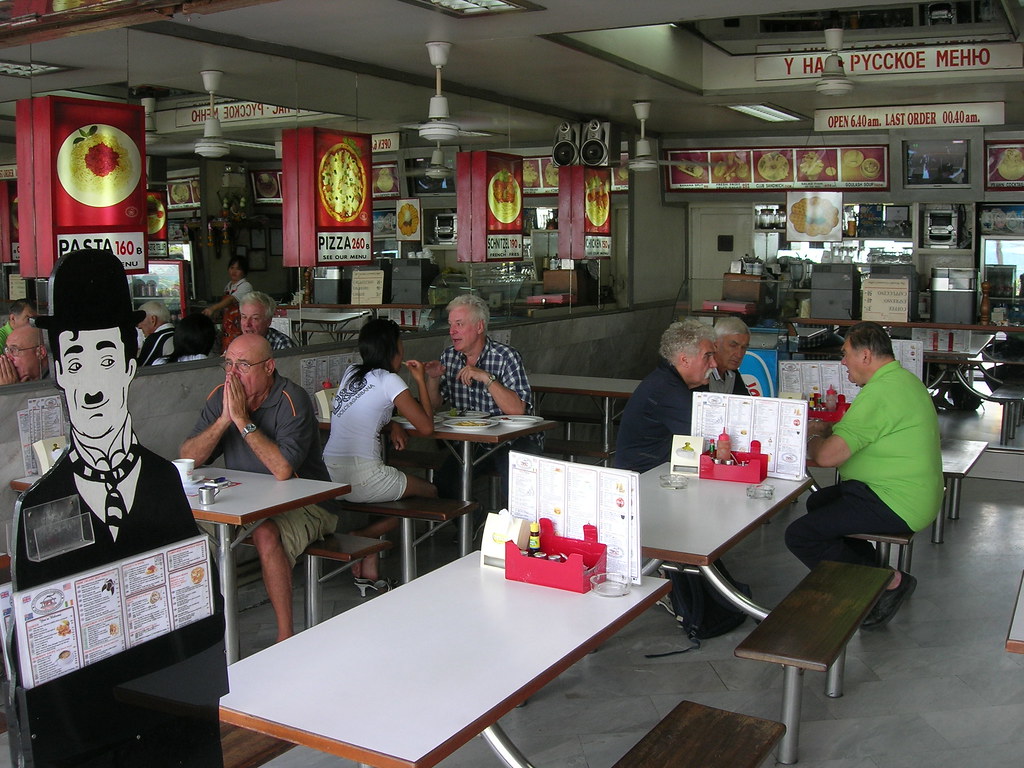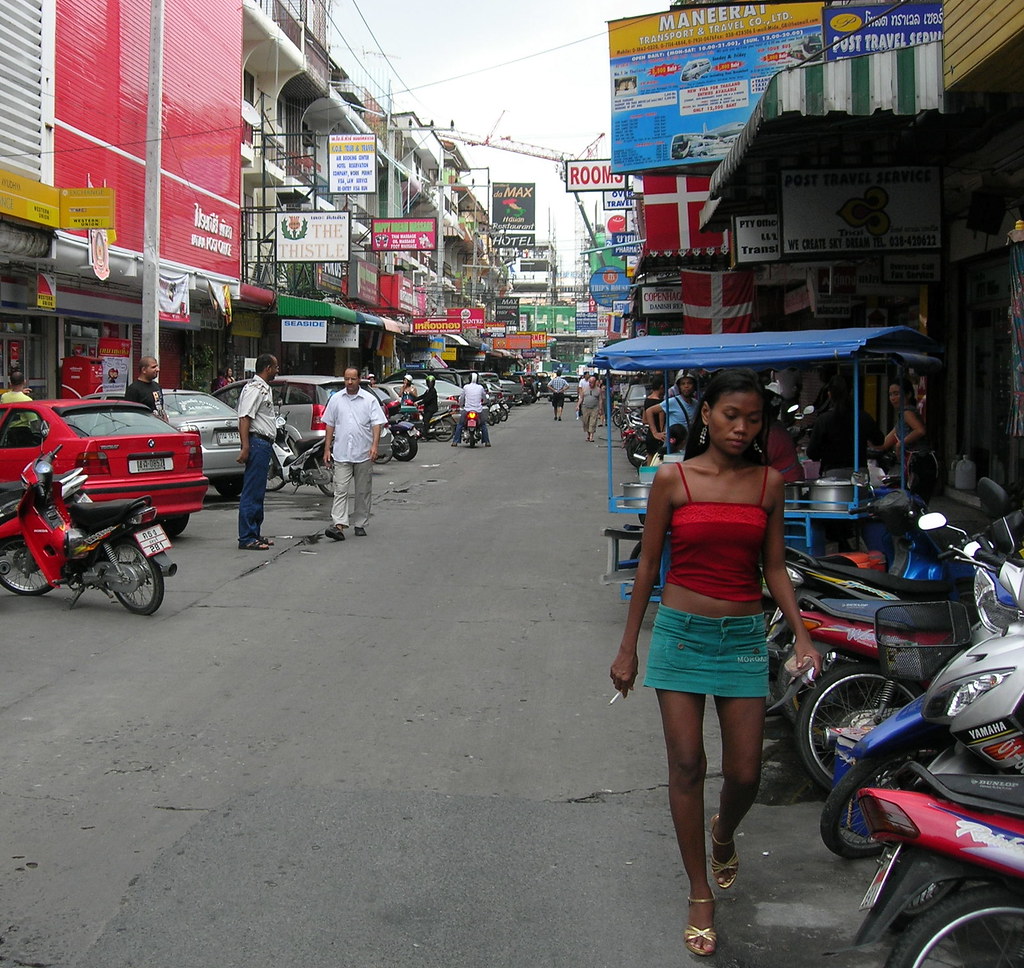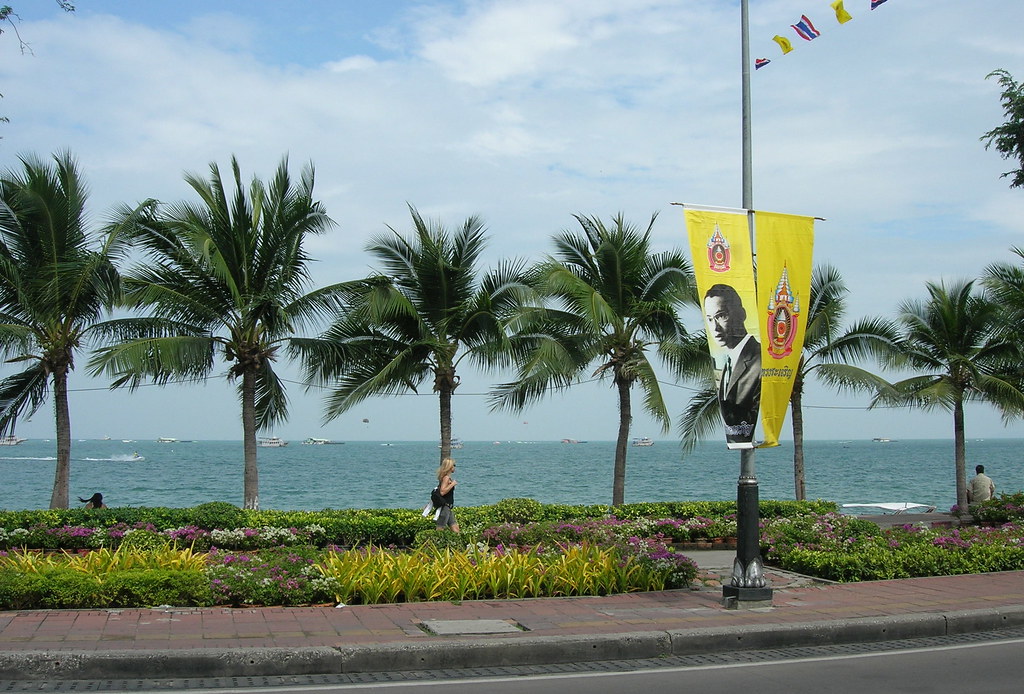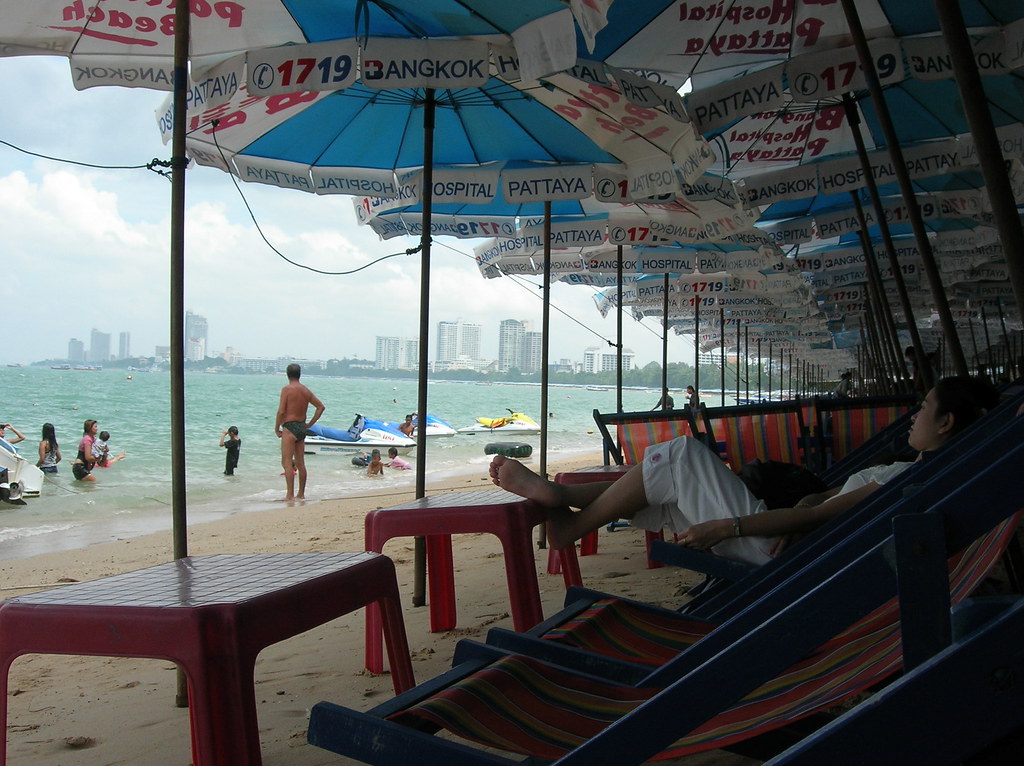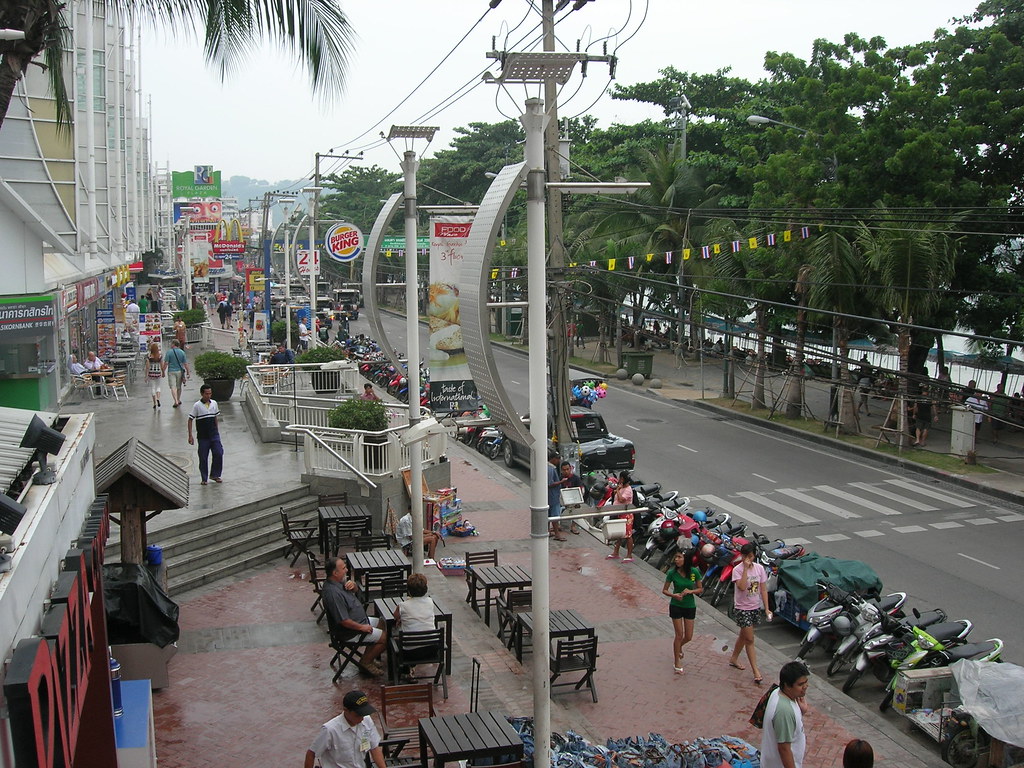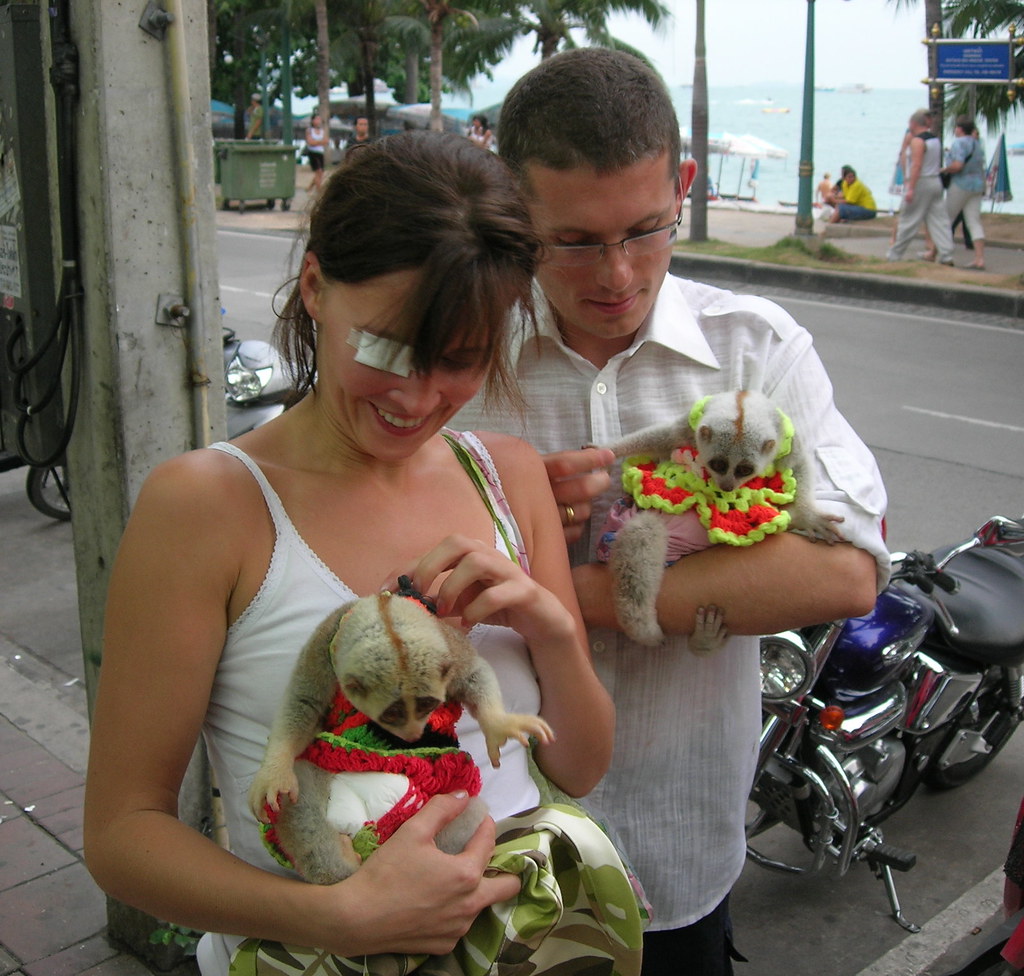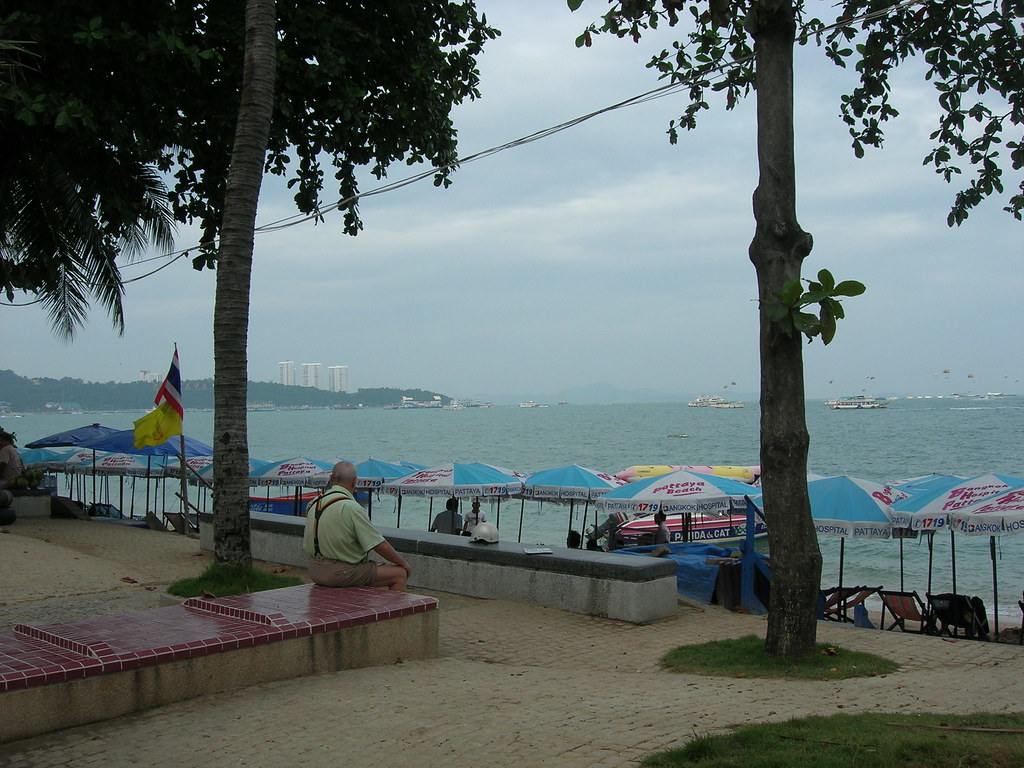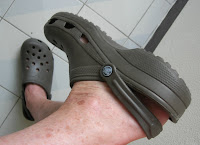No, I am not talking about the song that everyone loves to parody. I am talking about the emotional and passionate reactions we have to real life (and often imagined) experiences. The common wisdom in Buddhism is that feelings, usually translated as "cravings" from the Pali tanha which means "thirst," are bad. In his first teaching after enlightenment, "Setting the Wheel of Dharma in Motion," the Buddha taught four "noble truths" which, according to the traditional interpretation, are: 1. Suffering exists in life; 2. suffering is caused by craving; 3. to eliminate suffering, eliminate craving, and, 4. to eliminate craving, follow the eightfold path. But this understanding leads to the goal of an escape from life, or at least from the cycle of rebirth, through the negation of joy and sadness, hope and despair, and similar responses to the messiness of existence. This has caused critics to call Buddhism "nihilistic" for its proposal tthat nirvana, "extinction of the flame," solves the problem of suffering.
I am troubled by spiritual paths and practices that denigrate life, that see existence as a mistake, a way station on the road to something better. Religions of The Book (the monotheistic triad) portray life as a fall from paradise, and religious rituals and rites as a way to return, not in this life but after death. Christians strive towards heaven and away from hell, discounting the present creation. This has the effect of disparaging life, and in particular the body, as temptations to be avoided rather than a blessing which prompts gratitude. Popular Buddhism, as I've observed it in Asia, is largely a matter of "making merit," performing deeds and rituals to insure a desirable rebirth in the next life. In this view only monks (and only men) can attain enlightenment, so the best we can do is help them by donating food and flowers, thus assuring us the minimal reward.
 So it was with some excitement that I read David Brazier's heretical interpretation of Buddhism in The Feeling Buddha: A Buddhist Psychology of Character, Adversity and Passion. Brazier, a British psychotherapist, wrote the book in 1997, after publishing a work on Carl Rogers and another called Zen Therapy. According to Brazier,
So it was with some excitement that I read David Brazier's heretical interpretation of Buddhism in The Feeling Buddha: A Buddhist Psychology of Character, Adversity and Passion. Brazier, a British psychotherapist, wrote the book in 1997, after publishing a work on Carl Rogers and another called Zen Therapy. According to Brazier,The not uncommon interpretation of Buddhism which takes the message to be that, if you are sufficiently non-attached, you will be immune to grief because you will not care enough about anything to grieve over it, will not do.In its place, Brazier reinterprets the Buddha's Four Nobel Truths:
Life itself naturally and inevitably involves the experience of affliction. Affliction gives rise to feelings. The energy of feelings can be harnessed if it can be sheltered from the wind of greed, hate and delusion - "the ego wind." The spiritual life is the path which unfolds when our energies are tamed in this way.Rejecting received wisdom that Buddhism implies the elimination of feelings, Brazier believes that the second Noble Truth "tells us that feelings are facts and as such they are completely natural and acceptable. Problems do not arise from the fact of having feelings. Problems arise from what we do with them or from our attempts to avoid having them." The truth, he argues, is not that life is suffering but that "suffering will always be a part of our lives." Buddha’s teaching is “centrally concerned with the question of living meaningfully in an afflicted world.”
 In a this-wordly Buddhism, enlightenment "is not the end point. Enlightenment is the beginning." The Buddha taught that "a radical change is possible in the way a person lives their life and sees their world," according to Brazier. "This radical change is called enlightenment.”
In a this-wordly Buddhism, enlightenment "is not the end point. Enlightenment is the beginning." The Buddha taught that "a radical change is possible in the way a person lives their life and sees their world," according to Brazier. "This radical change is called enlightenment.”The fire of enlightenment is kindled from the fire of our passion. It is only strong authentic emotion that has the power to penetrate to the core of our being. No intellectual procedure will ever reach deep enough.This perspective downplays rebirth and nirvana. Rebirth, says Brazier, is a Hindu idea, not one from Buddhism which puts more importance on this life than the next.
Nirvana was something that the Buddha said was immediately available to all of us here in this very life simply by penetrating into the full implication of the Noble Truths and putting them into practice…I suggest that it is a practical term describing the art of mastering the fire within us.The Feeling Buddha was loaned to me by Marcus before he took off for a teaching job in Korea. We'd talked about our disagreements with the traditional view of Buddhism and Christianity, the teaching that life is something to flee from and that all the possible rewards will come later. Neither of us believed that existence, with its joys and sorrows, was a mistake, a wrong turning. The question is: how to live now? Buddha spoke of the afflictions of birth, aging, sickness and death. These are inevitable consequences of life, not errors of judgment. Even the Buddha, after enlightenment, suffered from sickness and death. Meditation and merit provide no escape.
 But Brazier's heresies are not appreciated by the faithful. Read Marcus' own positive view on his blog in the April 27th journal entry, and see the controversy he started on E-Sangha. Brazier himself comes under fire for different reasons from a former member of the Amida Trust, the organization he and his wife Caroline, also an author of several books on Buddhist psychology, started in England. Writing in E-Sangha, Matthew, moderator of The Irreverent Buddhist, charges that "what the Braziers practice is not very recognisable as Buddhism and is very centered around the ego-centric visions of one man and his wife." The writer said that David Brazier, now known as Dharmavidya, "seems to believe he is enlightened and needs no relationship with another teacher." His most recent book is The New Buddhism, and it "removes the Buddha's kind of enlightenment (i.e an ontologically different way of being and perceiving oneself and the world) from the map entirely."
But Brazier's heresies are not appreciated by the faithful. Read Marcus' own positive view on his blog in the April 27th journal entry, and see the controversy he started on E-Sangha. Brazier himself comes under fire for different reasons from a former member of the Amida Trust, the organization he and his wife Caroline, also an author of several books on Buddhist psychology, started in England. Writing in E-Sangha, Matthew, moderator of The Irreverent Buddhist, charges that "what the Braziers practice is not very recognisable as Buddhism and is very centered around the ego-centric visions of one man and his wife." The writer said that David Brazier, now known as Dharmavidya, "seems to believe he is enlightened and needs no relationship with another teacher." His most recent book is The New Buddhism, and it "removes the Buddha's kind of enlightenment (i.e an ontologically different way of being and perceiving oneself and the world) from the map entirely."When I read Brazier's biography on the Amida Trust site, I found these remarks disturbing:
I feel at home in Buddhism since it gives descriptions and explanations of things that are imprinted on my heart. At the same time, I have never felt entirely at ease in the secularised forms of Buddhism that are popular in the West...I have increasingly taught in a more uncompromisedly faith-centered way, waking people up to the true meaning of their existence...My deepest realisation is that however many realisations you have, blind passion is fathomless. Therefore there is no value in striving for enlightenment through one's own efforts alone. It is by faith and devotion that one can find a true refuge even in the midst of one's own foolishness and vulnerability.This makes it seem as if Brazier's form of Pure Land Buddhism, is a matter of faith and devotion rather than intellect. While I think bakhti is all right in its place (particularly in Hinduism), I view it with suspicion in Buddhism. Buddha's teaching is experiential. He asks you to try it out and not depend on belief or blind faith. His understanding of the mind is unparalleled, and I believe that following the Eightfold Path is a prescription for living nobly in the world amidst the inevitability of adversity. I am less and less interested in figuring out mysteries and more intent on accepting life and living it to the full. Placing incense and flowers before images of the Buddha is not my style. So I doubt that Amida Buddhism is my cup of tea, whether the Braziers are power-mad cultists (in their critic's opinion) or not.
 A very different approach to Buddhism was presented last night by Bangkok businessman and newspaper columnist Danai Chanchaochai in the last of a nine-week series of talks in English on Buddhism organized by Phra Cittamasvaro at the Baan Aree Library. Author of "Dharma Moments," a column in the Bangkok Post and now collected in one volume, Khun Danai said the beginning of his interest in Buddhism and the monarchy began when he was 17 and an exchange student in St. Louis where he was called upon to explain Thai culture to Americans. He began to practice Vipassana (insight) meditation and through the experience of the fruits of his practice, eventually coined the label DQ to explain the "dhamma quotient," similar to the IQ index for intelligence.
A very different approach to Buddhism was presented last night by Bangkok businessman and newspaper columnist Danai Chanchaochai in the last of a nine-week series of talks in English on Buddhism organized by Phra Cittamasvaro at the Baan Aree Library. Author of "Dharma Moments," a column in the Bangkok Post and now collected in one volume, Khun Danai said the beginning of his interest in Buddhism and the monarchy began when he was 17 and an exchange student in St. Louis where he was called upon to explain Thai culture to Americans. He began to practice Vipassana (insight) meditation and through the experience of the fruits of his practice, eventually coined the label DQ to explain the "dhamma quotient," similar to the IQ index for intelligence.To be complete, happy, you should have a high DQ. This means you see things as they are, without bias, prejudice or interpretation. We make judgments naturally, but with DQ you look at others and given them all equal scores. Without DQ, the world circulates around us; with it the communication gap shrinks. DQ is about the Big Self in the world.To illustrate the role DQ plays in his own life, Khun Danai told several stories, about an angry employee who apologized after he felt he was heard, and about a German office neighbor who flattened Danai's tires when he parked in his spot. Danai's response was to send him flowers, and the man said he was sorry. He agreed, when I asked, that DQ was very similar to the Asian cultural practice of "saving face."
When we give everyone equal opportunities, equal scoring, Khun Danai told the audience of mostly expats, "the subject drops out. Action and results remain. But there is no 'I' to own complements, to get the credit." A number of listeners agreed that if there were any openings at Danai's PR firm, they would like to work for him.
Danai is an engaging and earnest young man who sounded like a gentle efficiency expert that had learned the value of being nice to others. What comes from the dhamma is good for business. I doubt that his primary goal was financial success, but clearly the Buddha's teaching was effective for him. The DQ sounds to me like good common sense. How about CQ for "Christ-like quotient" or MQ for "Muslim quotient." Catchy and cute, but not very inspirational. I was reminded of listening to speakers from est pontificating in hotel ballrooms and wondering where the mystery went. A few chants and some incense would help.
 Oh, and Happy Halloween from Pattaya where I photographed this zombie nurse in the shopping mall and these masks on sale at a stall on Beach Road. It strikes me as a bit odd that the Thais have taken to Halloween, but then most of the films produced here seem to be about ghosts.
Oh, and Happy Halloween from Pattaya where I photographed this zombie nurse in the shopping mall and these masks on sale at a stall on Beach Road. It strikes me as a bit odd that the Thais have taken to Halloween, but then most of the films produced here seem to be about ghosts.



